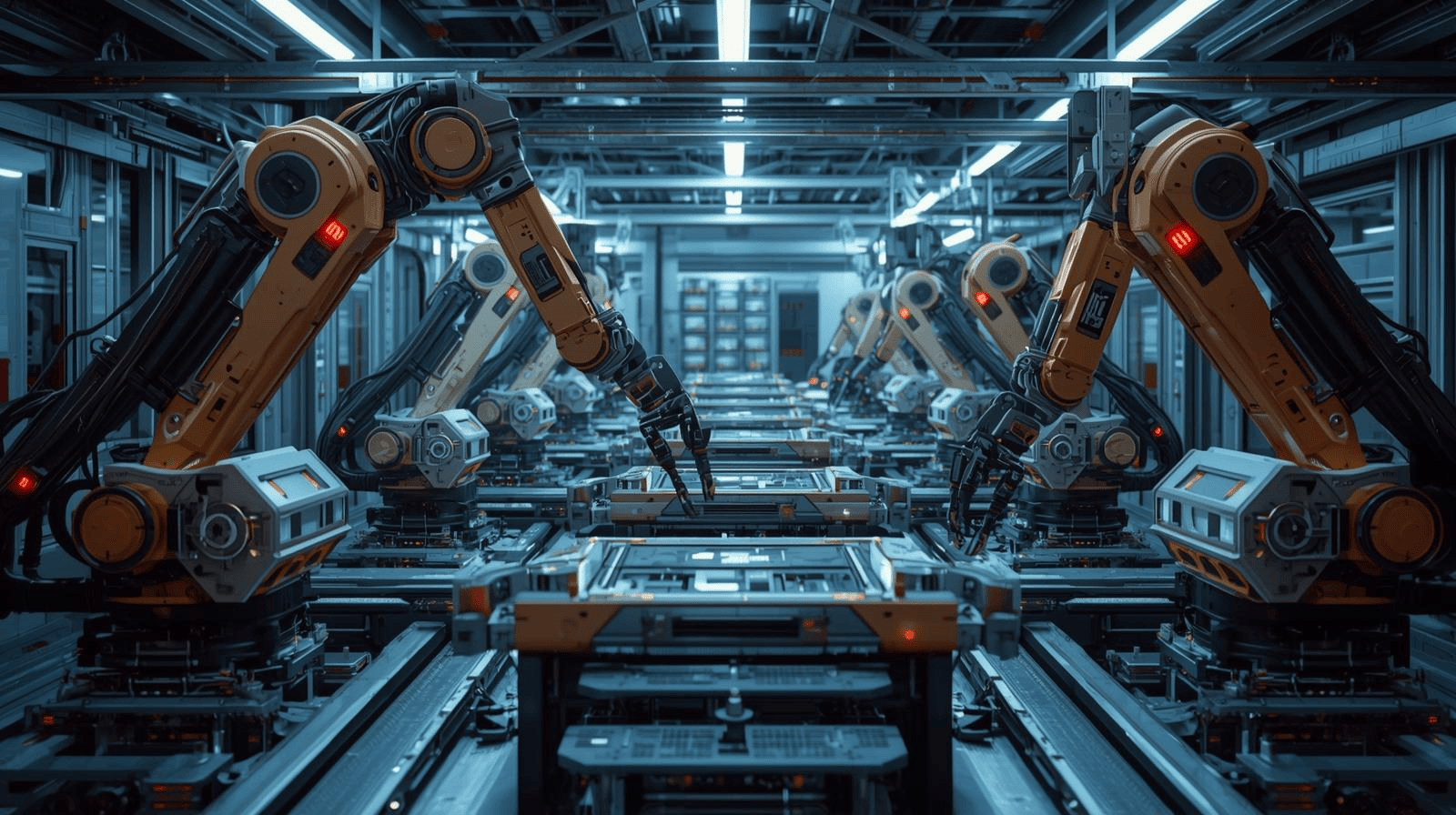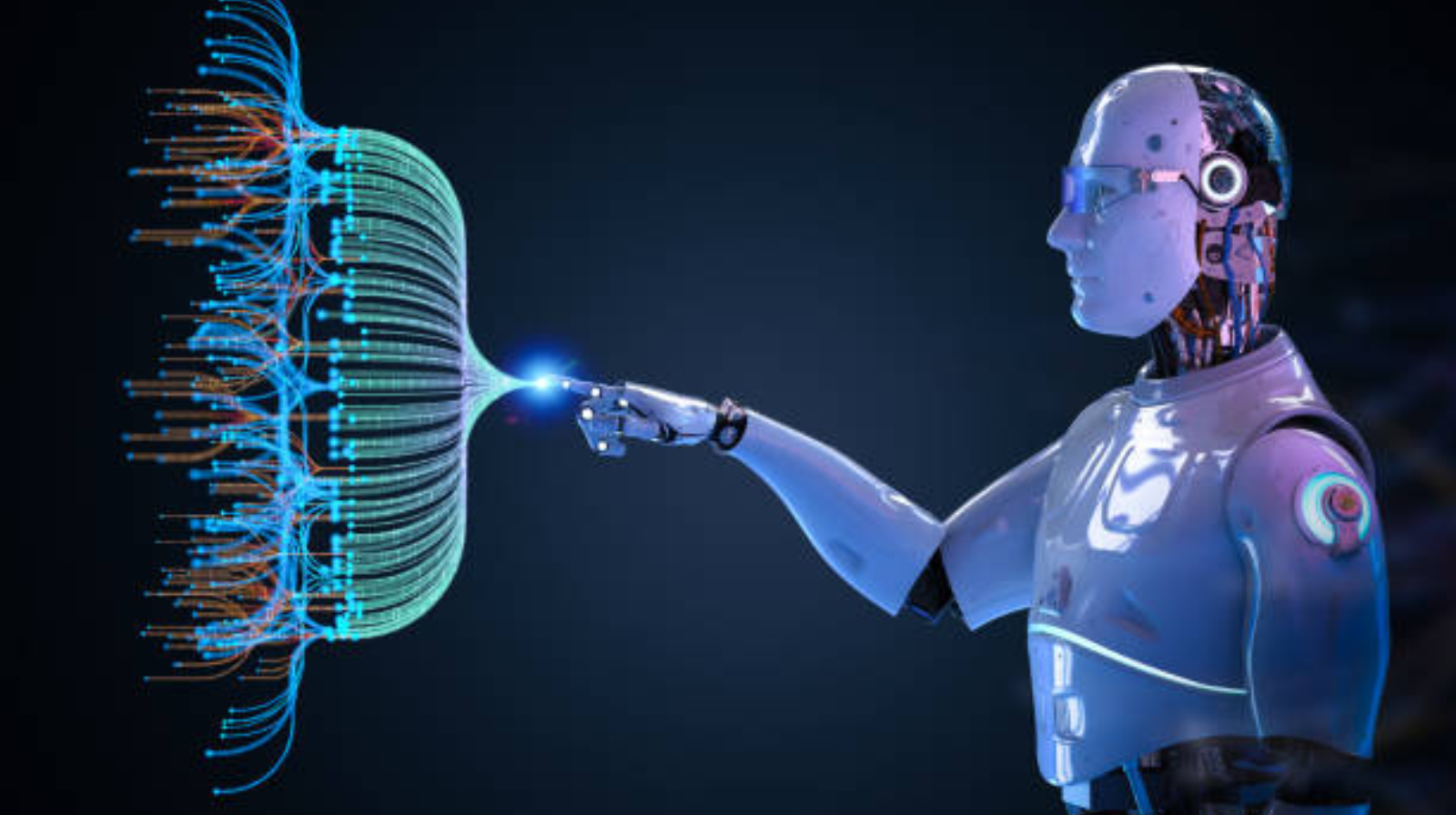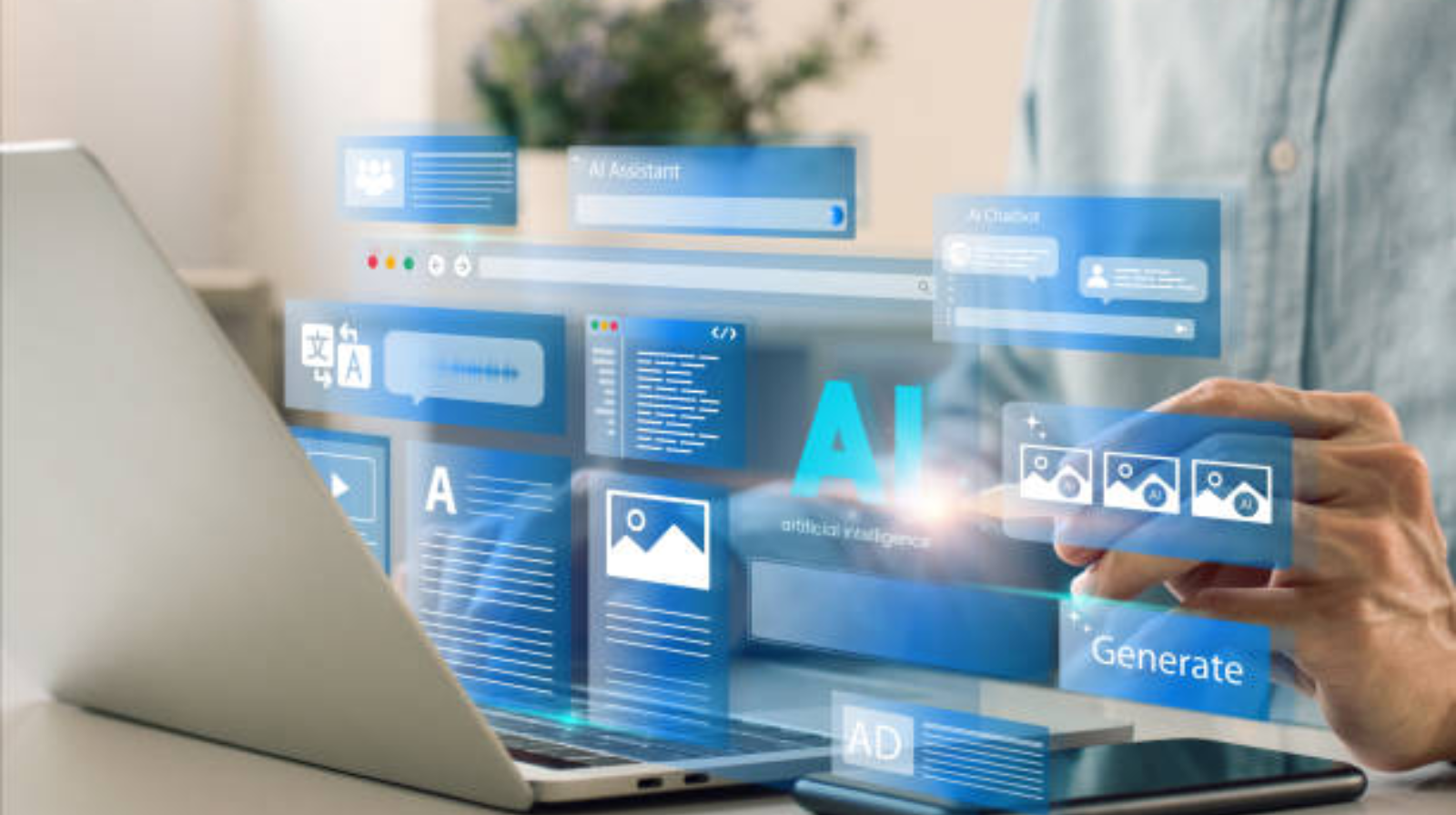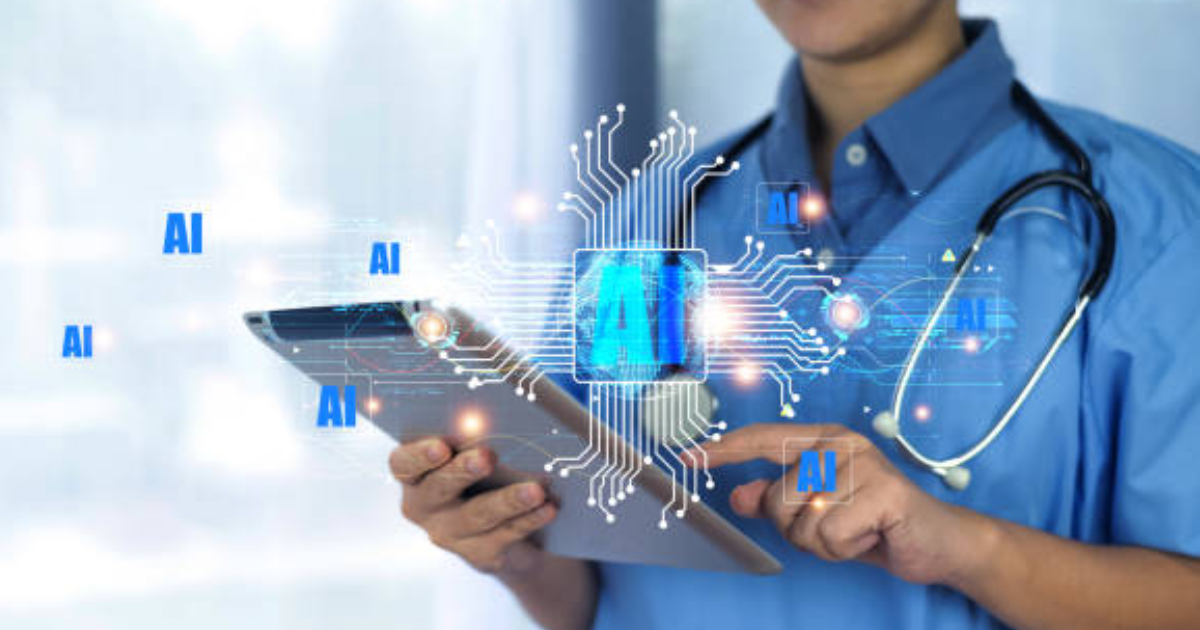
Artificial Intelligence (AI) is no longer just a futuristic idea it’s a driving force behind the transformation of the U.S. manufacturing industry. From robotics and automation to predictive maintenance and smart quality control, AI is reshaping how factories operate. In 2025, American manufacturers are using AI to boost efficiency, cut costs and stay competitive in a global market that demands speed, precision, and innovation.
But not every sector is moving at the same pace. Some industries have become pioneers in AI integration, while others are still catching up. Let’s explore which manufacturing sectors in the United States are leading the way with AI adoption and how they’re using it to revolutionize production.
AI plays a critical role in improving productivity, accuracy and decision-making. Unlike traditional automation, which relies on fixed programming, AI systems can learn, adapt and optimize operations in real-time. They detect patterns humans might miss, predict failures before they happen and even adjust production lines for maximum efficiency.
Key benefits include:
These benefits are driving more U.S. manufacturers to embrace AI as an essential part of their growth strategy.
The automotive sector stands out as one of the biggest leaders in AI adoption. American car manufacturers are using AI to optimize design, streamline assembly lines and ensure top-notch quality.
With the growing push toward electric and autonomous vehicles, AI’s role is only getting stronger — from battery production to self-driving system testing.
The electronics and semiconductor industry is another front-runner in AI integration. The production of microchips, sensors and circuit boards requires extreme accuracy and AI helps achieve this level of precision.
In this sector, even a minor error can lead to millions of dollars in losses, so AI’s predictive and monitoring capabilities are game-changers.
The aerospace and defense sector has long been at the cutting edge of technology, and AI has become an integral part of its operations. Precision, reliability and safety are non-negotiable in this industry making AI a perfect fit.
AI in aerospace ensures not only greater efficiency but also improved safety and compliance with strict standards.
The food and beverage sector may not seem like an AI hub at first glance, but it’s one of the fastest-growing areas for AI implementation. The focus here is on efficiency, food safety, and consumer personalization.
AI also helps manufacturers understand consumer preferences by analyzing purchase patterns, allowing them to introduce new flavors or product variants strategically.
The pharmaceutical industry is leveraging AI to speed up drug development and improve manufacturing efficiency. In this highly regulated sector, precision and compliance are crucial and AI delivers both.
This integration of AI not only improves efficiency but also helps save lives by bringing medicines to market faster.
Manufacturers of consumer products from cosmetics to home essentials are increasingly relying on AI to meet consumer expectations for speed, quality and sustainability.
This sector is using AI not only for productivity but also to enhance brand experience and customer satisfaction.
The metal fabrication and heavy equipment industries are also embracing AI to improve precision and reduce material waste.
This helps companies save resources, reduce downtime, and improve safety on factory floors.
AI is also modernizing the textile and fashion industry in the U.S., blending creativity with automation.
AI is turning the fashion industry into a more sustainable, data-driven ecosystem that balances creativity with operational excellence.
Several factors are fueling the rapid growth of AI in U.S. manufacturing:
As AI becomes more affordable and accessible, even small and mid-sized manufacturers are beginning to adopt it.
Despite the progress, there are still challenges in implementing AI at scale:
However, as technology matures and training becomes more widespread, these barriers are gradually diminishing.
AI has become the new engine of innovation in U.S. manufacturing. From automotive and aerospace to pharmaceuticals and consumer goods, nearly every sector is feeling its impact. The companies leading the way are those that embrace digital transformation using AI not just to automate, but to innovate.
The future of manufacturing lies in smart factories, where humans and AI systems collaborate to create faster, safer, and more sustainable production lines. As 2025 unfolds, one thing is clear: AI isn’t just changing how America manufactures it’s redefining what’s possible.

Explore how AI is transforming U.S. industries through automation, generative tools, ethical governance, and innovation shaping America’s digital future.

Discover how AI and machine learning in supply chain and logistics are transforming U.S. businesses through automation, predictive analytics and real-time optimization.

Discover how AI in U.S. healthcare improves diagnostics and delivers measurable ROI through predictive analytics, automation and personalized care.

AI is transforming U.S. app development. American firms use tools like ChatGPT and GitHub Copilot to empower developers without replacing human creativity.

In 2025, U.S. hospitals use AI to spot sick patients early, cut repeat visits and make care faster, safer and easier for doctors and patients.